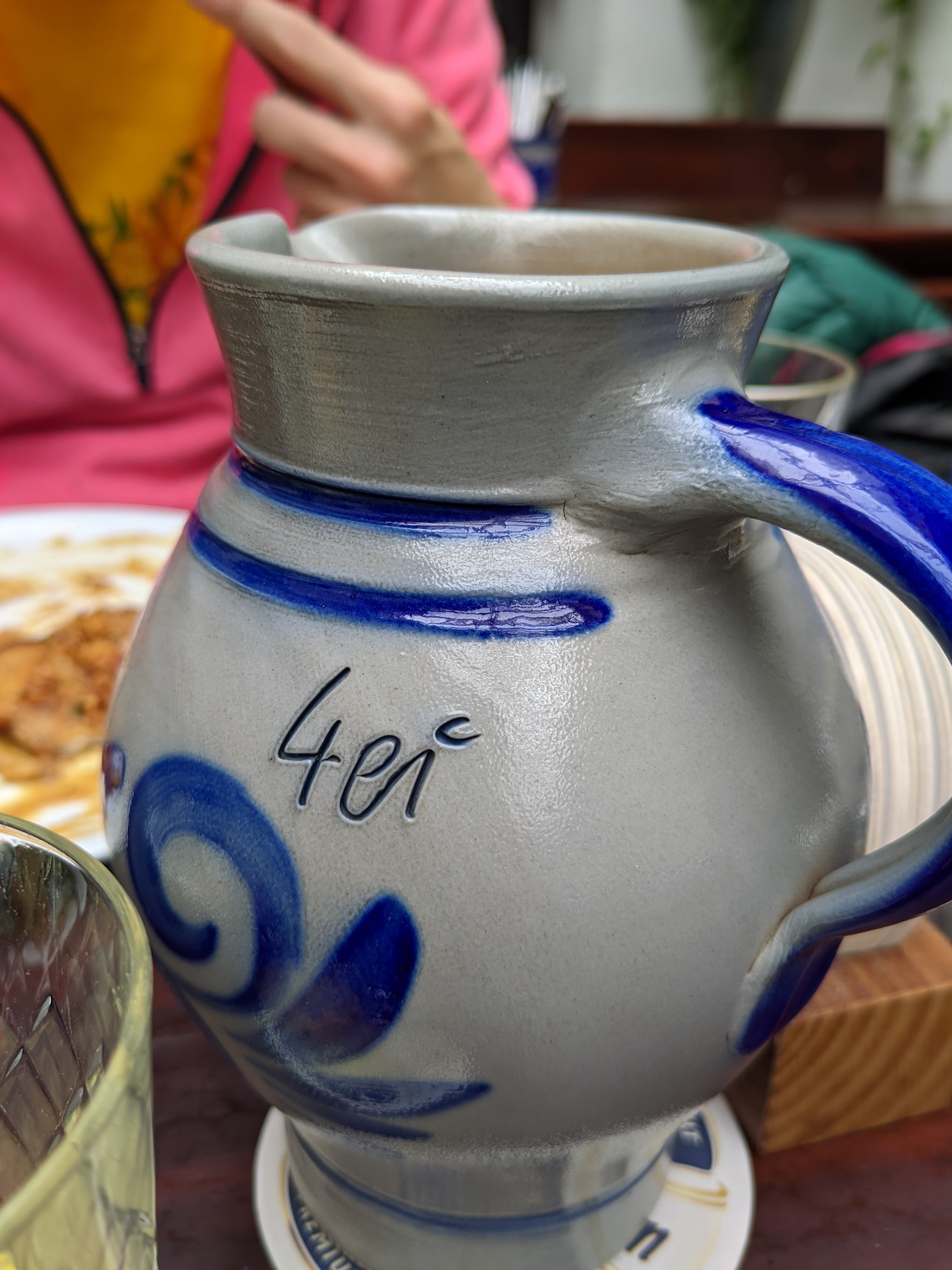Canva is seriously considering porting Affinity to Linux - a move that could transform desktop Linux and challenge Adobe.
More options is always good (they can miss me with that gen AI trash though)
I wonder how easy it is to use compared to GIMP or Krita?
(I still suck with Krita but that’s a me thing lol)
In this thread:
- users rejoicing
- users who never donated a cent to krita or gimp shitting on it
As usual, the entitlement amongst users stays high.
I’ve donated to Krita and I’m rejoicing!
As a Linux desktop user for almost two decades, can you explain to me how this Affinity thing I have never heard of, can “transform desktop Linux”?
It will let people create new wallpapers.
Doubtful
I tried to like Krita. I’ve used it extensively for a few years. But it’s just not good. For all the reasons mentioned in this thread.
Inkscape and GIMP etc are fine tools in their own right (I have had them installed for years) but where things have always broken down is when you’re working in larger teams and working towards a larger goal.
Inkscape, GIMP, Krita, LibreOffice is an awful chain when you compare it to say Affinity where you can shift between vector, pixel, and layout workflows within the same tool (or copy and paste seamlessly across Adobe tools).
Until the FOSS community sits down and works with creatives and end users who don’t use the tools (which Audacity did thanks to Tantacrul and the results speak for themselves), we’ll be stuck with proprietary tools.
The problem is when new users turn up to give feedback to say Inkscape for some of their weirdness like opening a blank doc each time the app opens, different tabs for fill and stroke color, weird behavior with fonts changing when you backspace out to an empty box, blah blah, the community goes “skill issue” or “this isn’t Adobe”.
Yet they fail to understand the design decisions as to why other products have more obvious behaviour patterns - they want the tool to be relatively self explanatory and try and align to user expectations as much as possible.
Tantacrul did a great talk at FOSS Backstage Design conference that is really worth watching if you’re interested in the topic.
I really reeeally want to like GIMP, but I’ve never been able to get past the UI / learning curve. There are a number or patterns and interaction models that are significantly different than those adopted by the rest of the creative industry.
I’m surprised that, after 25 years, none of the projects to redo the UX have really stuck and gained significant momentum.
Designers are famously broke. Especially graphic designers. A raster graphics tool, with a half way decent UI, would easily gain traction.
I wonder if it’s because the project just doesn’t have UX designers contributing to design and users testing. A lot of the UX feels like a random idea that someone had. Not something that was actually tested with real humans.
Manually adding alpha channels to layers… I’ve seen so many people knock their heads against GIMP because, for whatever reason, they didn’t just add the channel by default. (Okay, sure it’s probably the default if you’re starting with a blank file but the background layer doesn’t have one and if you start by opening a jpg, then subsequent layers won’t have alpha because… reasons…)
I don’t think it’s because they don’t have UX designers, it’s because they only solicit feedback from existing users rather than researching new user experience and watching how a new user gets on with the program.
I also think very few Adobe or Affinity power users get stuck into GIMP etc because they bounce off it so quickly. So they never get feedback from the very users they want to convince to move over.
Because JPEG images don’t have alpha transparency
Of course, my problem is that I am familiar with too many technical details
Oh, I know (I am a greying wizard), but why should the editor care? In theory, it should assume XCF, with the opened JPEG as the first layer.
Instead, it’s gotchas and RTFM. Which is sadly a very poor approach when developing a tool used by creatives who are vastly less likely to RTFM than the engineers making the tool.
There is a “photoshop UI” GIMP plugin that you could use if you prefer the layout/have muscle memory, but admittedly that’s not a perfect solution. It is cheaper tho.
Yeah, but that project isn’t really getting the attention it deserves. Part of me wants to contribute, but I’m totally swamped with a million side things.
Also, at least for something like this feels like hack more than anything. Maybe its not, i did not look inside the code. But just from outside I would assume that would break with every GIMP release and even if not it would never feel “right”.
If you mean PhotoGimp, it’s just a config file thst rebinds keybinds and sets up UI layout, like location of tools and windows, to be similar to photoshop.
Gimp is I think a more challenging comparison to its proprietary counterparts than the others you listed unfortunately, but I appreciate and agree with your sentiment here. Ui/ux is such a big part of where foss creative tools struggle, and while some are better than others, its a difficult thing to improve because there’s a lot less design talent in the foss world than dev talent. And ui design for large creative software is REALLY a hard design challenge, its not as though the design skill involved is trivial
Anyway, I think inkscape no longer opens a blank document anymore, at least with fresh installs. Maybe for older installs it keeps the old behavior? You should be able to switch it to a nice little welcome splash with document templates and recently opened files if you’d like :)
We already have apps, we don’t need AI powered slop to come into our space.
Like what apps?
Seriously. Canva is horrid.
A major reason these kinds of things are happening is the EU move toward digital sovereignty.
Since there isn’t exactly a non-US commercial OS available and Linux is good enough for most everything, we’re starting to see a lot of interest in the open source world and moving towards open and standards-based software.
Commercial companies recognize that the EU governments represent a huge potential source of income. Some categories of software have essentially no Linux support… this leaves a huge vacuum to be filled by a company who can create professional image editing/CAD software which also works on Linux.
If Affinity is the only large, commercially supported professional publishing software available then they become the defacto winner of all of these new EU Digital Sovereignty contracts.
Do it if only to see Adobe suddenly figure out how Linux works
I’ve often thought that Adobe probably have the software side figured out for Linux but until market pressure forces them to implement it, they have no reason to do so.
Like a lot of the others they definitely have the ability just not the will. Which is why I find the concept that they’ll suddenly figure out how do funny
Yoo!! Let’s go
Would be huge!
Got affinity designer v2 installed on Linux works ok with small files. Affinity (v3) works if i don’t place more than one rectangle.
Native Linux would be really appreciated
Honestly, it seems kind of moot if it already works in the browser. It’s a negligible amount of work to make an app use a browser engine to run offline to run their stack, but some heavy lifting to do a direct port to any specific OS without an adjoining framework to help in the cosmetics of everything.
That being said, they could also use a unified framework to do one release for every OS, which again is pretty much the same as making offline work for anywhere.
My fear is they do something stupid like build in GTK, and then QT users have UI problems, or vice versa. Seems easier to just go with a unified (non-electron) kit that runs everywhere the same way.
Yessssss!! I can hopefully get my work to ditch Adobe!!
The final reason I still boot to windows, publishing apps.












